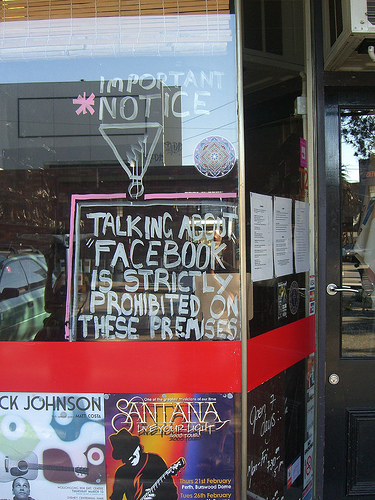Direct link here (courtesy of Engadget). These annual presentations are the hottest tickets on the trade circuit, but this one had an oddly perfunctory air, despite the raft of new products and services that Steve Jobs announced. The audience was oddly muted and respectful; new products or features were greeted not with the raucous, foot-stomping, whistling euphoria of yesteryear, but with ripples of polite applause. And the reaction shots suggested an audience comprised of a high proportion of suits. Could it be that the Jobs Keynote has become the tech equivalent of the Annual General Meeting of Berkshire Hathaway, Warren Buffett’s holding company — where people pay over $100k for a single share in the company (currently trading at $129,720 a share) just to buy the right to attend the meeting and sit at the Sage of Omaha’s feet?
There were the usual nauseating interludes when the Chief Execs of Apple’s commercial ‘partners’ are invited on stage for a brief share of the limelight. This year’s scene with Paul Otellini, the Intel CEO, rated three on the Sickbag Scale.
Still, Jobs remains the best embodiment of CEO-as-evangelist there is. And what other company would be able to round off a technical presentation with a live performance by Randy Newman?
Rory Cellan-Jones has taken a sceptical look at the ‘newsworthiness’ of the Apple announcements. He rates the iTunes movie-rental deal at 7/10 and the new ultra-thin laptop at 6/10. His colleagues think Apple gets too much media attention. In terms of its impact on people’s lives, the Ford Focus is more important than anything announced by Steve Jobs.
Which is true. The laptop is called the MacBook Air, btw. Why ‘Air’? Because, says TechCrunch, that’s the only thing left in your wallet after you’ve bought one. It’s £1,199 in the UK, apparently. Shipping in two weeks.
And, for busy folks, here’s the gist of the 90-minute keynote in 60 seconds.


